The Old Hickory square was chosen in the area of Wyckerpoort, in east Maastricht, a square with historical associations, directly linked to the nickname of the 30th Infantry Division Army of the National Guard during World War II and the city’s liberation. This large square is surrounded by uniform residences, while its largest part remains unexploited. The unusual size of the square is due to the fact that it used to be the site of the Mosa ceramic tile factory before it was transferred to a nearby location.
The factory was founded in 1883 by Louis Regout, born to a famous family of industrialists in Maastricht and for over 130 years it has established the city as a centre of ceramic manufacturing in Western Europe. The close relation between the ceramic tiles and the square has been the first reference to Mosaic. The second reference emerged quite spontaneously from the repetitive pattern of the windows in the staircases around the square. A product of modernist design, all the staircases have the same grid with rectangular windows.
Thus, inspired by the repetitive pattern of the windows combined with the multicolour ceramic tiles, the Beforelight group designed the intervention based on a mosaic with different colours on the windows of the square’s buildings.
The self-managed OHP9 Gallery, once the neighborhood’s grocery store, became the place where a participatory workshop was held. Adults and children painted the windows of the square’s staircases with different colours. The support of Trajekt, the biggest voluntary social organization in Maastricht that works with community centres in improving residents’ quality of life, was of major help.
After an open debate regarding the conditions of the neighborhood and the residents’ concerns about lack of activity, Beforelight proceeded to creative action. Adults chose pieces of coloured, transparent foil and created a multicolour collage on the printings of the buildings’ facades, while children painted the windows of the staircases drawing pictures of the square. The results of the workshop dressed the black walls of ΟΗP9 Gallery and the group was ready to move on to the next step.
Based on the proposed colour compositions, Beforelight chose equivalent colours of photosensitive adhesive plastic wraps and, through a special adhesion process with soap and water, they placed them on the staircases’ windows. In total, 306 filters were placed on 17 staircases around the square, resulting in the creation of a coloured mosaic both on the inside as well as the outside of the buildings. Natural light and colour transformed the area where the intervention took place. On one the hand, natural light penetrated through the colour filters creating interesting reflections inside the staircases and, on the other, the artificial internal light interacted with the coloured windows during nighttime. At first, residents were curious enough to just observe the new look of their houses, but soon embraced the effort. Mosaic filled the everyday life of Old Hickoryplein with colour and transformed the nights with the bright impressions of the square’s staircases.
The installation “Mosaic” it`s part of the wider project “Urban Lightscapes”. “Urban Ligthscapes” takes place in collaboration with the Institute for Advanced Architecture of Catalonia- IAAC and SoAP Foundation and is kindly supported by the European Cultural Foundation having been selected among 360 applications.
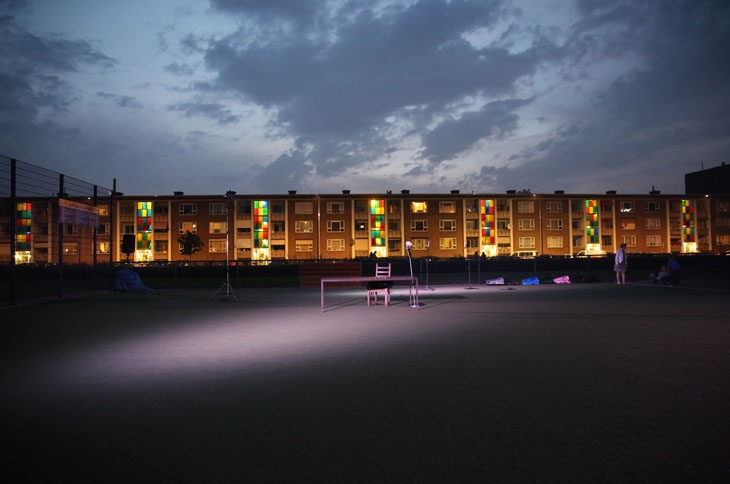 MOSAIC / BEFORELIGHT
MOSAIC / BEFORELIGHT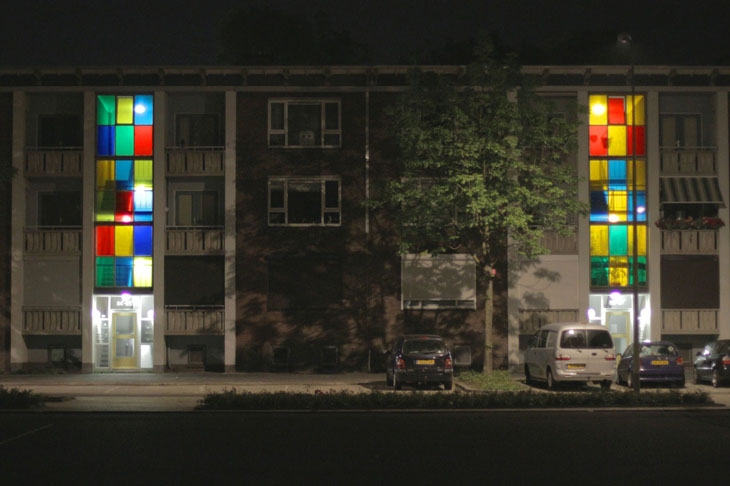 MOSAIC / BEFORELIGHT
MOSAIC / BEFORELIGHT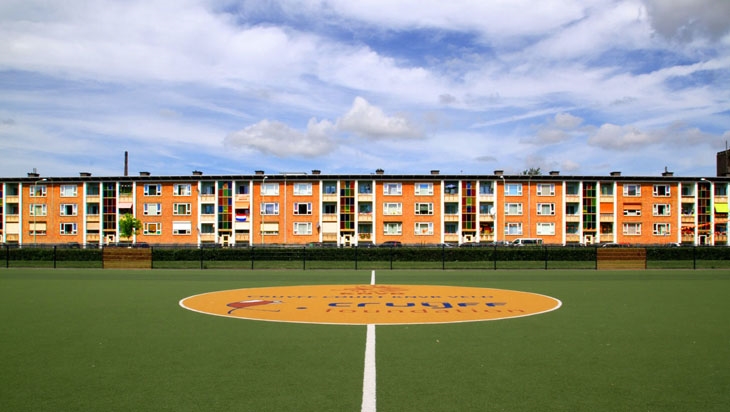 MOSAIC / BEFORELIGHT
MOSAIC / BEFORELIGHT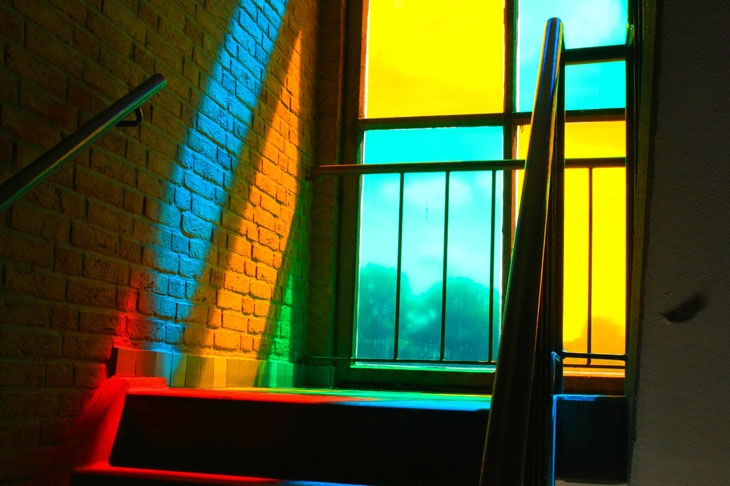 MOSAIC / BEFORELIGHT
MOSAIC / BEFORELIGHT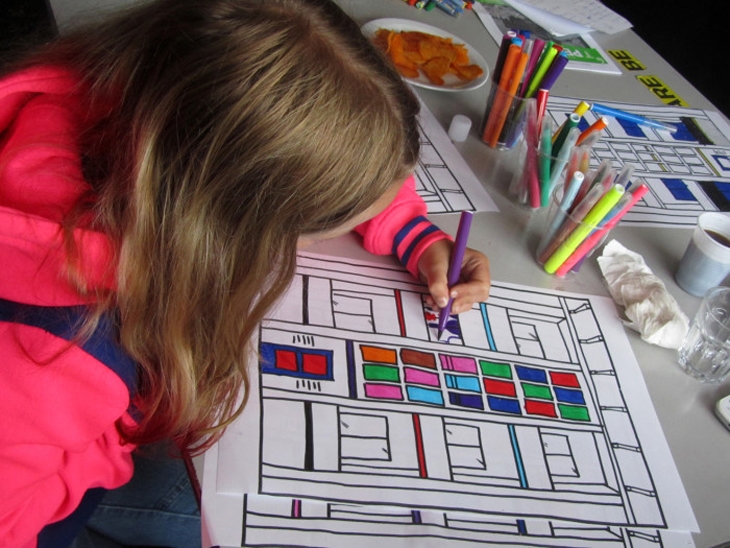 MOSAIC / BEFORELIGHT
MOSAIC / BEFORELIGHTREAD ALSO: THE 1st PRIZE OF THE 6TH SALONE SATELLITE AWARD 2015 / CLOUD SERIES BY XUBERANCE